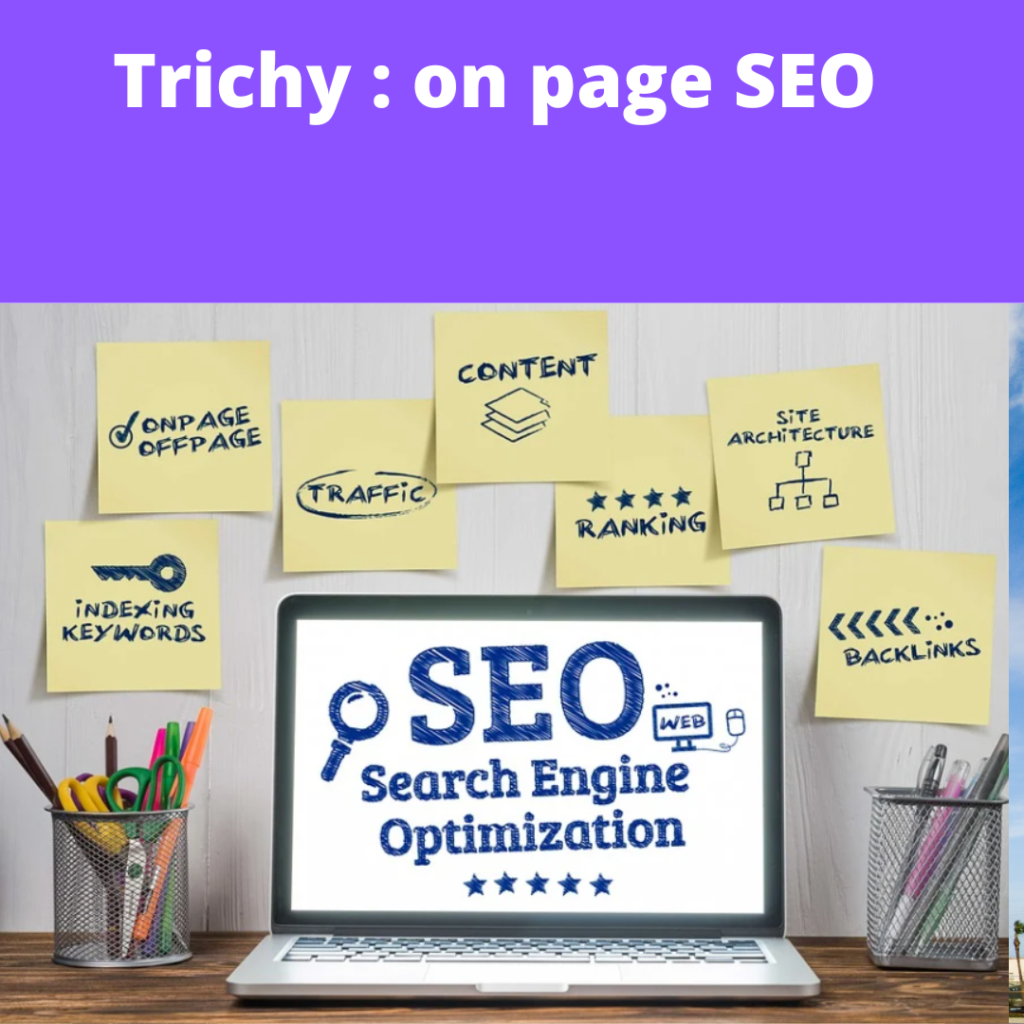Onpage SEO: How to Maximize Relevance
There are many categories for on page SEO. These categories include HTML headers and internal links. Schema is one example. Focusing on all four is the best way to optimize on-page SEO. Here are some tips that will help you get the best possible results. These types of optimization are explained in detail below. These are the most overlooked areas of SEO. These are crucial. This article will assist you if you are new to the topic.
Relevance
Onpage SEO is crucial. Without it, your website won’t rank high. Google and other search engines send out crawlers to look at your website and make a report. Your website will not be found in the top search results if it does not have the correct onpage SEO strategy. These are the key elements of onpage optimization:
The most important part of onpage optimization is the page content. Search engines use site information to determine the relevancy of a page. The better the content, Google will rank it higher. Google’s algorithm is constantly changing, so you need to optimize your website regularly if you want Google to stay at the top. Onpage SEO is also known as onsite SEO. It involves optimizing pages and tags. Your site can get a lot more traffic if it is done correctly.
Quality content is the most important element of onpage optimization. It is important to provide useful information and answer questions. You should also make it easy for users to navigate and find your content. Your rankings will improve and your conversion rate will increase if you provide useful content. Onpage SEO also requires proper URL structure and keyword density. Optimizing your URLs will make your website appear better in search engines like Google and attract more visitors.
Download a comprehensive guide to onpage optimization. Use keyword-focused anchor texts to include internal links within your content. Make sure that the text is informative. The internal links should point at relevant pages on the website. Not the homepage, internal links should point to relevant sections of the website. These links should not contain keywords you want to rank for. It is important that they are relevant for the page content.

HTML Headers
It is easy to make your web pages easier to read by adding headers. Headings can also be used to break up text and make it easier for readers. Search engines scan webpages to find the most important information. Headers not only improve the user experience on your webpages but also help you rank higher in search engines results. Headers can help you organize information and keep your readers on your site longer.
HTML headers are useful for onpage SEO. They make it easier to scan pages. They also let crawl bots see how well you handle a topic. This will lead to better search traffic in the long-term. Search engines will rank a page’s content according to its structure, quality, and user experience. Both search engines and visitors will benefit from headers that help them understand the importance of each page to their needs.
Google will use headers to scan your pages and determine the purpose of each page. Then, it will search for content within. Header tags are an integral part of some blogging platforms’ design. Use them! Don’t put keywords in headers. This is a red flag for Google so be sure to include some keywords in your content. Good UX is almost always a sign of better SEO results.
Multiple H1 tags can be used to increase your onpage SEO. H1 tags are the most important part of a web page. Pages with only one H1 tag tend not to be focused on one topic. Multiple H1s are used to focus on different subtopics. They also use multiple H2s or H3s for content in different sections. H1 tags can be used in HTML5 to manage multiple sections on a webpage.
Schema
Schema is a powerful tool to improve your onpage SEO. This gives your content a greater semantic meaning which search engines will use to rank you highly. Search engines will also be able to identify different information on your site, making your listings more visible. Your listings will be more visible in search engines if they include ratings, reviews and FAQs.
Mangools’ SEO extension can help you learn how to use schema. This tool will display the schema markup of your competitors on their pages. You can then create your own schema-based website. You can then use your website to increase your search engine rankings. It will also show which pages have schema markups. After creating a schema you can add it into your site’s HTML code.
Schema is essential for on-page SEO. This is especially important if your goal to appear on the first page of search engine results pages (SERPs). However, it is important to ensure that schema is properly implemented before you begin using it. Schemas are useful not only for onpage SEO but also for Google’s structured information test tool. This tool lets you test any URL to gain valuable insight into how your competition is doing.
To test the structure of your site, you can use a markup editor by entering its URL along with a small amount of code. Once you have added the markup, the HTML code can be copied into the source code. Google’s structured data test tool provides more information on the different types of schema. SEMRush Audit Tool can be used to verify the validity of your markup. It is strongly recommended that you use these tools to verify that your site uses the correct schema.

Links to internal resources
You can use internal links to improve your website’s SEO. It is a great way to expand your search engine rankings and increase your site’s visibility. Use the page’s target keyword as the link text to maximize the benefits of internal links. Google will be able to determine if the page is relevant to the target keyword. Sometimes, you may need to be creative when creating an intralink. You could, for example, write “Learning how to install cables safely” in your link text.
Internal links make it easier for websites to crawl and give other pages more link juice and ranking power. This helps you rank pages that don’t rank as highly in the rankings. It is important to link to pages not ranked high. These links help Google to understand your site’s hierarchy and positioning, and act as messengers for you call-to-action. Remember to include internal links next time you create content.
Category pages are the best place to add internal links. They should be given the highest priority. These pages should contain the most relevant internal links. High-converting pages are the most likely to generate leads and money. These pages can include affiliate links or product pages. These should be prominently displayed on your website. It will be obvious to search engines that they exist. This will increase their ranking. There are instances when internal links aren’t properly positioned.
Make sure the page is indexed using these keywords when you use internal links. Google will not index pages without internal links. The power of internal links is a powerful tool in onpage SEO. They will help you rank higher for your keywords. These links are equally important for search engines and users. These links make it easier for site visitors to navigate the site. But, internal links are key to a website that is successful.
Keyword research
To determine the keywords that they should target in their SEO campaigns, most marketers rely on technology and principles. Google’s Keyword Planner allows them to find monthly searches for any keyword or term. They can then use these numbers in order to determine the best keyword phrases for their content and audience. The Keyword Planner helps them identify the best keyword combinations for their content. Although it’s not necessary, it can be a useful starting point.
Once you have identified the keywords that are most relevant for your business, then you can start creating or writing content around these terms. Keyword research is done in the very beginning stages of a campaign. It provides insight into your target audience’s needs. Keyword research is a great way to name the features of your products, and then optimize your website after you publish it. The strategies you use for keyword research will vary depending on how big your business is.
SEO is also dominated by long tail keywords. These keywords target groups of words rather than individual keywords. A lawyer might target keywords like “lawyer”, “tax lawyer”, or “tax attorney Colorado large business.” Although it is difficult to rank for the term “lawyer”, long-tail keywords can prove very useful. You can rank highly on Google and other search engines if you invest the time and effort in researching long-tail keywords.
Keyword research can help you generate content ideas, but the data you get from keywords can also be used to find more competitive keywords. You must first determine the popularity of each keyword. Then, narrow down your list by taking into account other factors. It can be difficult for a local brand to appear on the first page of Google because they may have more online authority than big-name websites. If your product is popular with local consumers, your chances of being on the first Google page are higher.






